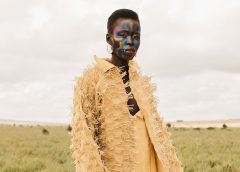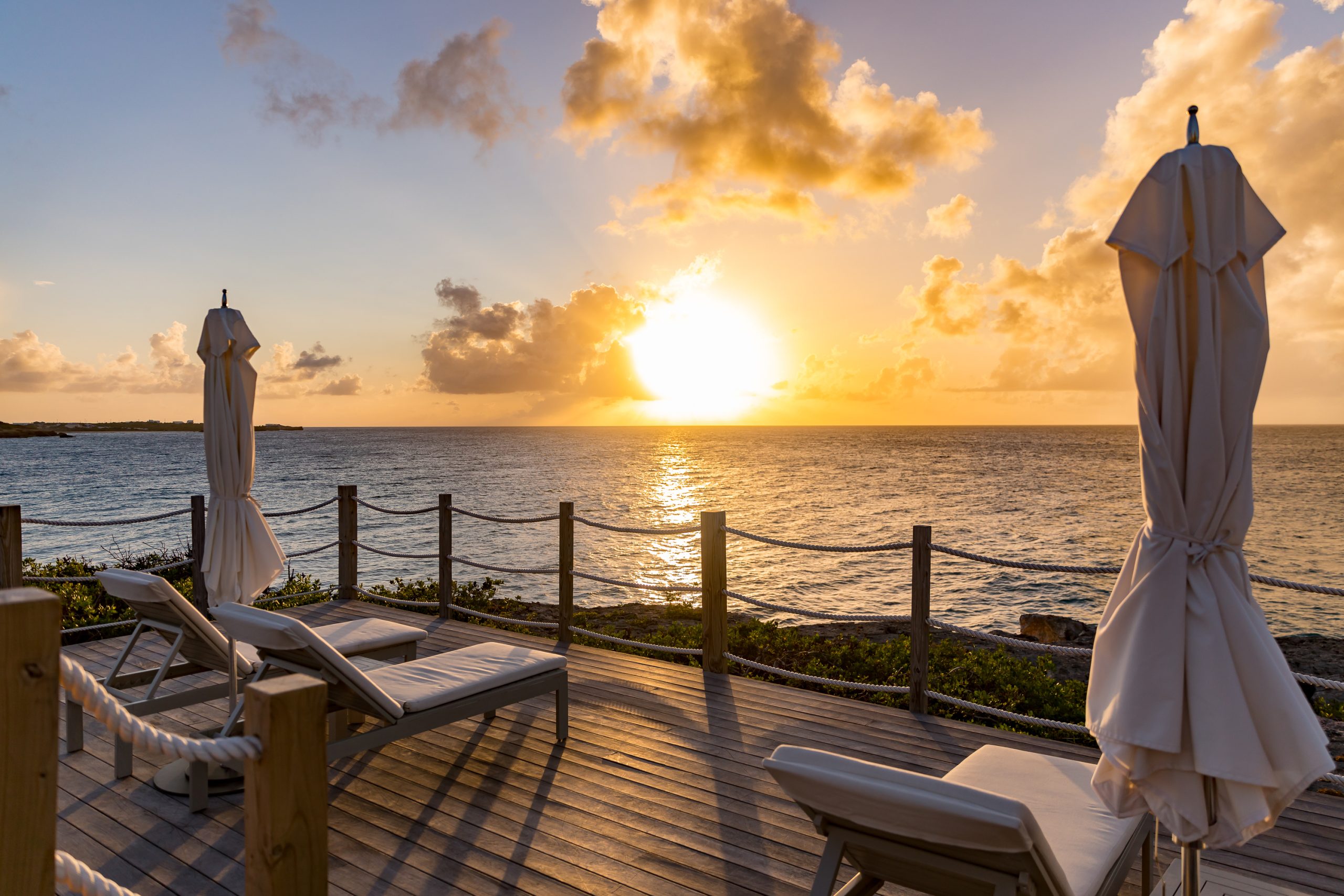
Shaping a new African fashion narrative: Designers say it’s about time
[ad_1]
To receive the Vogue Business newsletter, sign up here.
“African fashion is not a trend,” says Aisha Ayensu, founder and creative director of Christie Brown, who launched her label in Accra, Ghana back in 2008 mixing traditional prints such as wax print and batiks into modern voluminous sleeve tops and corset dresses. “It was never a trend for us; we have been doing this for years.”
Christie Brown is among 45 brands and designers hoping to play a role in setting and shifting the narrative around African fashion as part of a new exhibition at Britain’s Victoria and Albert Museum, the powerful UK arts and culture institution. From a traditional silk Kente engagement dress designed by Ghanaian fashion designer Kofi Ansah; to Rwandan brand Moshions, which used wool and viscose to create modern interpretations of ceremonial attire, traditionally worn by royalty, the exhibition looks at African fashion dating back to the 1950s — a period in time where countries across the continent started to break away from colonial rule — and highlights the importance of traditional prints such as Kente Cloth as a signifier of wealth and status. It also presents modern day designers including South Africa’s Thebe Magugu, Rich Mnisi and Mmusomaxwell; and West African brands Orange Culture, Lagos Space Programme and Iamisigo, who were involved in the curation process of their own displays.
Attention on African fashion is increasing, with Chanel hosting a fashion show in Dakar, Senegal later this year; venture capital firm Birimian investing $5 million annually in African and diasporic brands; and the rise of designers such as Thebe Magugu, recently a guest designer at AZ Factory, and 2019 LVMH Prize finalist Kenneth Ize.
However, African fashion’s presence and understanding in the West is still limited, with its scope often minimised and pigeonholed, experts say. Few major multi-brand retailers sell African fashion; for some, who work closely with ateliers and rely on small-scale production have found that scaling production to meet international retailers demand is challenging, making it difficult for brands to sell outside the local markets. Fashion curriculums rarely acknowledge the depth and history of African designers, with little resources available accurately depicting the evolution and nuances of the continent’s fashion.
Christine Checinska, who joined the V&A in summer 2020 as senior curator of African and African diaspora textiles and fashion, says there was recognition internally of a gap in the V&A’s holdings. When she joined, she was tasked with broadening the institution’s African fashion textiles collection, as well as developing the Africa Fashion exhibition. “We’ve always collected artefacts from the continent, but compared to other regions across the world Africa and its diaspora was underrepresented… I think as an institution, it was already recognised that the fashion scene was so impactful that the museum wanted to do something about the fashion scene.”
[ad_2]
Source link


